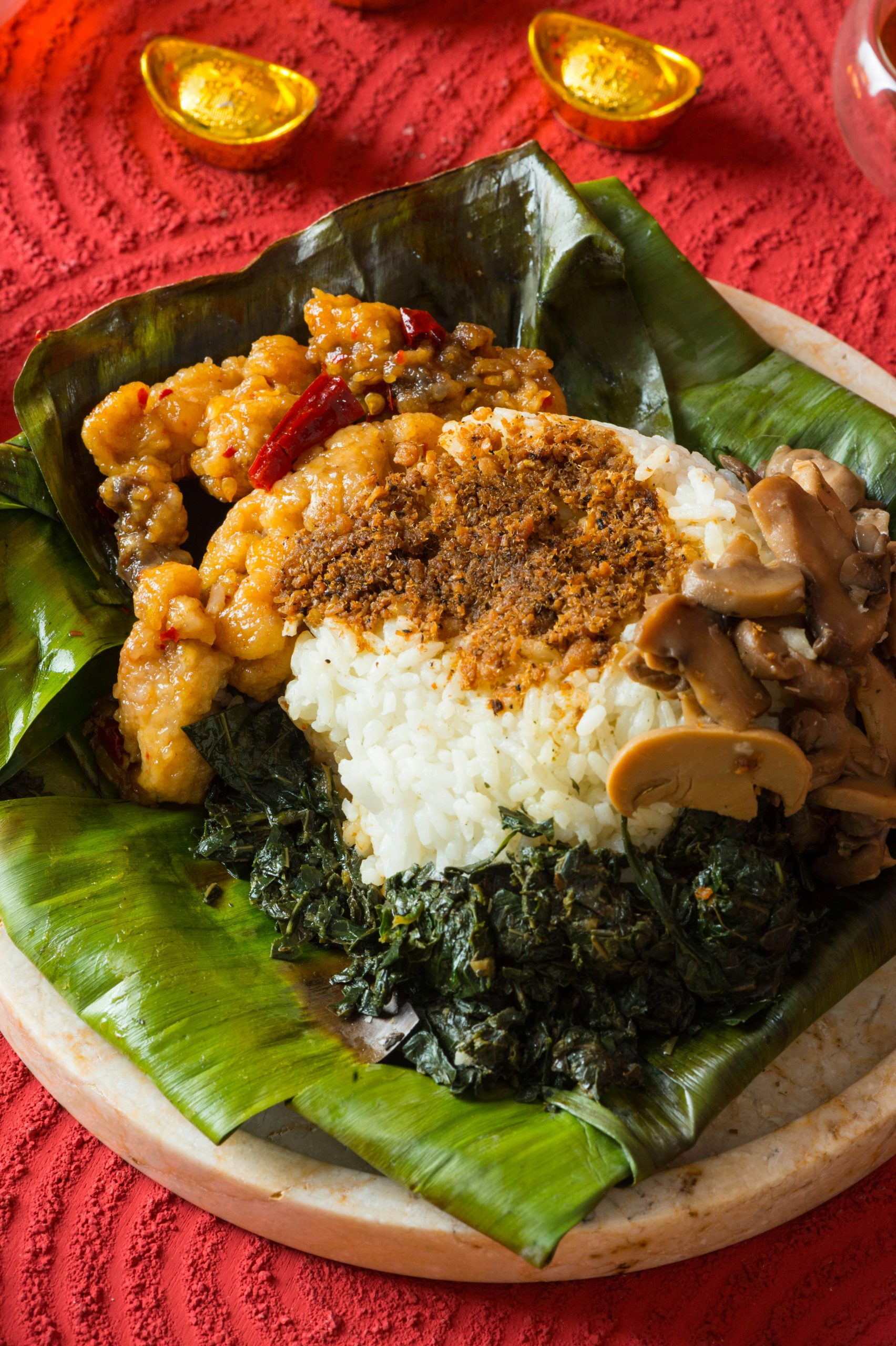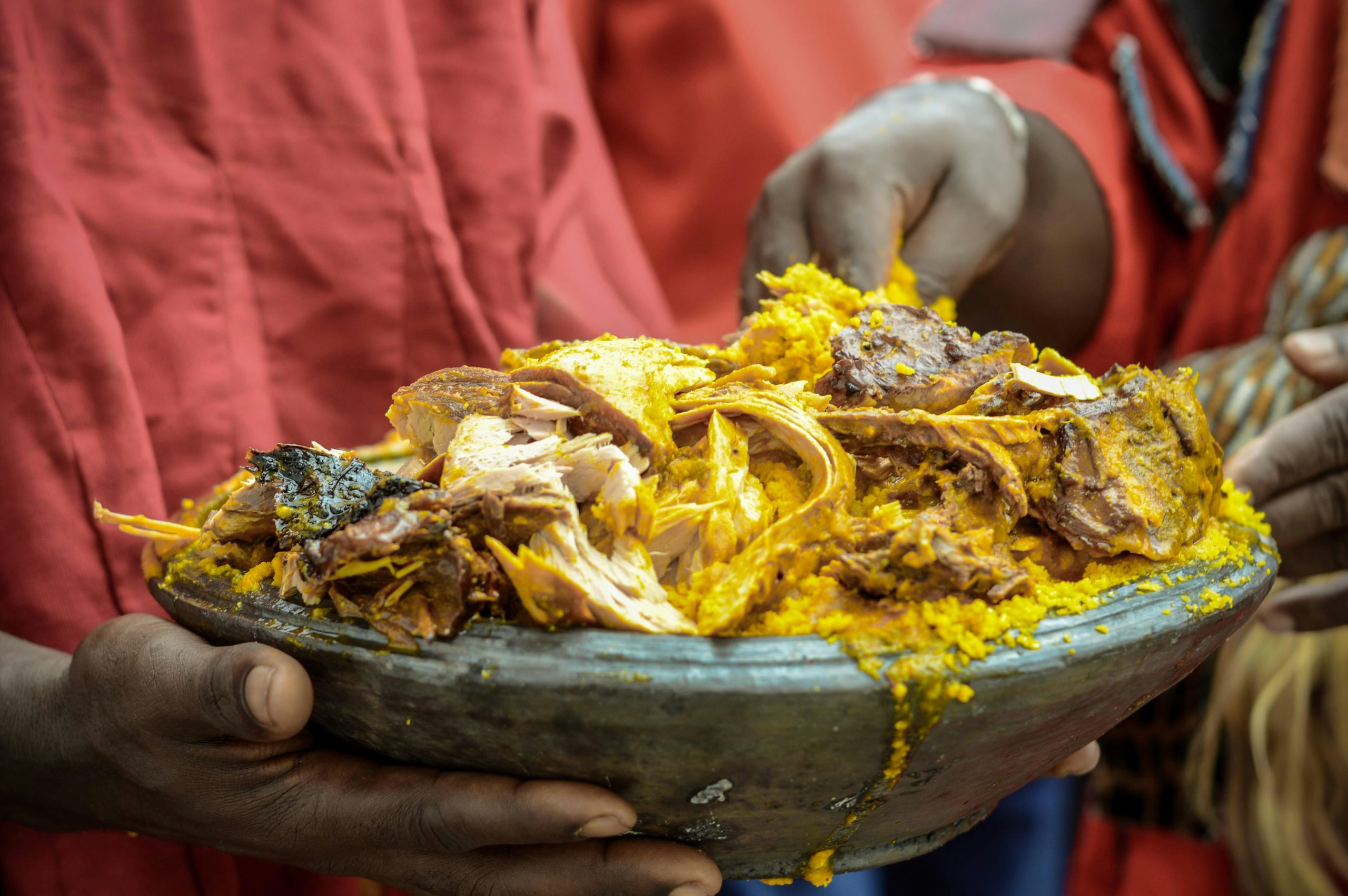African Dishes You Must Try: A Culinary Journey Through Authentic Flavors
Honestly, I’ll never forget the first time I smelled berbere spice simmering in clarified butter—it was like someone had opened a door to an entirely different world of flavor. That moment, standing in my friend Almaz’s kitchen in Washington DC, changed everything I thought I knew about cooking. The aroma wasn’t just complex; it was storytelling through scent, carrying generations of Ethiopian culinary wisdom in every whiff.
African cuisine represents one of the world’s most diverse and underappreciated culinary traditions1. With over 50 countries contributing distinct flavors, techniques, and ingredients, the continent offers an incredible range of dishes that challenge Western palates while providing deeply satisfying comfort food experiences. What struck me most during my culinary exploration was how each region’s geography, climate, and cultural exchanges shaped entirely unique food traditions.
Did You Know?
Nigeria alone has over 250 ethnic groups, each contributing unique dishes and cooking methods to the country’s culinary landscape. The diversity within single African nations often exceeds that of entire continents elsewhere.
Here’s what genuinely excites me about African cooking: it’s incredibly technique-driven yet forgiving. Unlike French cuisine with its rigid rules, African cooking celebrates improvisation within traditional frameworks. I’ve learned that the same dish can taste completely different depending on whose grandmother’s recipe you’re following, and that’s precisely the beauty of it.
West African Culinary Treasures
West African cuisine forms the backbone of soul food traditions across the Americas, though many people don’t realize this connection. The region’s emphasis on one-pot meals, slow-cooked stews, and bold spice combinations created culinary DNA that traveled across oceans during tragic historical periods but survived to enrich global cuisine.
Essential West African Pantry
- Palm oil (the authentic base for countless dishes)
- Scotch bonnet peppers (adjustable heat levels)
- Plantains (green for savory, ripe for sweet preparations)
- Cassava flour (gluten-free thickening agent)
- Dried fish and shrimp (umami depth creators)
Jollof rice remains the crown jewel of West African cuisine, though asking which country makes it best will start friendly arguments that last hours2. I’ve cooked with families from Nigeria, Ghana, and Senegal, and each approach teaches something different about building layers of flavor.
Jollof Rice: The Ultimate West African Comfort Food
Actually, let me be completely honest about jollof rice—my first attempt was a disaster. The rice was mushy, the flavor was bland, and I definitely didn’t achieve that coveted “party jollof” smokiness that makes people fight over the last spoonful. But that failure taught me everything about why this dish is so revered.
The secret lies in the tomato base preparation. You need to cook your tomatoes, onions, and peppers until they’re deeply caramelized—we’re talking 25-30 minutes of patient stirring. Most people rush this step, but the difference between mediocre and exceptional jollof happens right here3.
| Ingredient | Amount | Purpose | Substitution |
|---|---|---|---|
| Basmati rice | 2 cups | Base grain | Jasmine rice |
| Fresh tomatoes | 4 large | Flavor base | Canned tomatoes |
| Scotch bonnet | 1 pepper | Heat and flavor | Habanero |
| Palm oil | 3 tablespoons | Authentic flavor | Vegetable oil |
Egusi Soup: Nigeria’s Creamy Comfort Bowl
Egusi soup challenged everything I thought I knew about soup consistency. The first time I saw someone grinding melon seeds into a thick paste, I was genuinely confused. How could this become the silky, protein-rich base for one of Nigeria’s most beloved dishes?
The technique involves toasting ground egusi seeds in palm oil until they release their nutty aroma—about 3-4 minutes of constant stirring. You’ll know it’s ready when the mixture starts to smell like toasted nuts and pull away from the pan slightly. Then comes the gradual addition of stock, whisking constantly to prevent lumps.
- Toast ground egusi seeds in palm oil until fragrant
- Gradually add warm stock while whisking continuously
- Add your protein (beef, fish, or chicken work beautifully)
- Season with locust beans and dried pepper
- Finish with leafy greens like spinach or bitter leaf
East African Regional Favorites
East African cuisine reflects the region’s position as a historical trading hub, where Arab, Indian, and indigenous African influences created something entirely unique. The spice combinations here are more complex than anything I encountered in West Africa, yet they maintain a distinctly African soul.
Ethiopian cuisine particularly fascinated me because of its religious influences on cooking methods. The Ethiopian Orthodox Church’s fasting periods, which can last up to 250 days per year, created an incredible tradition of plant-based cooking that’s both nutritious and deeply satisfying4.
Berbere Spice Blend Recipe
Making authentic berbere from scratch transforms your entire spice cabinet. Toast each spice separately for maximum flavor development, then grind everything together. The aroma alone will transport you to the highlands of Ethiopia.

Injera: Ethiopia’s Fermented Flatbread Foundation
Injera represents perhaps the most unique bread I’ve ever encountered. This spongy, fermented flatbread made from teff flour serves as both plate and utensil in Ethiopian dining. The fermentation process takes 3-4 days, creating a slightly sour flavor that perfectly complements spicy stews and vegetables.
What really impressed me was learning that teff contains all eight essential amino acids, making it a complete protein source5. Plus, it’s naturally gluten-free, which makes injera accessible to people with celiac disease—though the traditional preparation requires patience and planning.
The cooking technique involves pouring fermented teff batter onto a traditional clay plate called a mitad, though a non-stick crepe pan works surprisingly well. You’ll know it’s ready when bubbles form across the surface and the edges start to lift naturally—usually about 2-3 minutes.
Ugali: East Africa’s Versatile Staple
Ugali might look simple, but mastering the technique requires practice. This cornmeal porridge serves as the foundation for meals across Kenya, Tanzania, and Uganda. The key is achieving the perfect consistency—firm enough to shape with your hands, yet soft enough to absorb flavors from accompanying stews.
- Bring water to a rolling boil (ratio: 3 cups water to 1 cup cornmeal)
- Add cornmeal gradually while stirring constantly
- Continue cooking for 10-15 minutes, stirring vigorously
- The mixture should pull away from the pot when ready
- Shape into portions and serve immediately
Southern African Comfort Foods
Southern African cuisine combines indigenous ingredients with influences from Dutch, British, and Indian settlers, creating hearty comfort foods perfect for the region’s varied climates. The emphasis on grilled meats, fermented vegetables, and maize-based sides reflects both pastoral traditions and practical nutrition needs.
Boerewors, the traditional South African sausage, taught me about the importance of fat ratios in charcuterie. The combination of beef and pork fat creates a texture that’s both juicy and firm, while coriander seeds provide that distinctive flavor that makes boerewors instantly recognizable6.
| Dish | Country | Key Ingredient | Cooking Method |
|---|---|---|---|
| Bobotie | South Africa | Curry powder | Baked custard top |
| Sadza | Zimbabwe | White cornmeal | Slow stirring |
| Pap | South Africa | Maize meal | Porridge consistency |
| Biltong | South Africa | Coriander seeds | Air drying |
Potjiekos: The Art of Three-Legged Pot Cooking
Potjiekos represents more than just a cooking method—it’s a social ritual that brings communities together around a three-legged cast iron pot. The technique requires patience and restraint; you layer ingredients carefully and resist the urge to stir, allowing flavors to develop naturally through steam and slow heat.
I learned this method from a family in Stellenbosch, where we spent an entire afternoon building flavors layer by layer. The bottom layer might be onions and garlic, followed by meat, then vegetables, each cooking in the steam and juices from the layers below. It’s meditative cooking that can’t be rushed.
North African Aromatic Delights
North African cuisine showcases the region’s position as a crossroads between Africa, Europe, and the Middle East. The sophisticated use of spices, preserved ingredients, and slow-cooking techniques creates dishes that are both complex and comforting. Tagines, couscous, and preserved lemons form the holy trinity of Moroccan cooking.
Tagine: Morocco’s Slow-Cooked Masterpiece
The tagine pot’s conical lid creates a unique cooking environment where steam circulates and condenses, essentially braising ingredients in their own juices. This technique produces incredibly tender meat and vegetables while concentrating flavors in ways that conventional covered pots simply cannot achieve7.
My first successful chicken tagine with preserved lemons and olives taught me about the importance of timing. The preserved lemons go in during the last 15 minutes to prevent them from becoming bitter, while the olives add their briny punch in the final 5 minutes. It’s all about layering flavors at precisely the right moments.
Essential Cooking Techniques
African cooking techniques emphasize building flavors through layering, toasting, and slow development rather than quick searing or high-heat methods. Understanding these foundational techniques will transform your approach to African cuisine and improve your overall cooking skills.
- Toast whole spices before grinding for maximum flavor extraction
- Build tomato-based sauces slowly, cooking until deeply caramelized
- Use the “blooming” technique for ground spices in oil
- Layer ingredients in one-pot dishes for optimal flavor development
- Adjust seasoning gradually, tasting frequently throughout cooking
Finding Authentic Ingredients
Sourcing authentic African ingredients has become significantly easier with online retailers and specialty stores, though some substitutions work beautifully. I’ve found that building relationships with local African markets often leads to discovering ingredients and techniques that cookbooks never mention.
Your African Cooking Journey Starts Here
Begin with one dish that excites you most. Master the technique, understand the flavors, then gradually expand your repertoire. African cuisine rewards patience and practice with incredibly satisfying results that will change how you think about comfort food.
African cuisine offers a lifetime of culinary exploration, where each dish tells stories of migration, adaptation, and creativity. Whether you start with the communal joy of jollof rice or the meditative process of tagine cooking, you’re embarking on a journey that will enrich your cooking repertoire and deepen your appreciation for global food traditions.
The beauty of African cooking lies not just in the final dishes, but in the techniques, community aspects, and cultural connections that make each meal a celebration of heritage and hospitality. As you explore these flavors, remember that authenticity comes through understanding and respect for the traditions behind each recipe.
References



